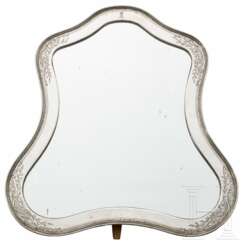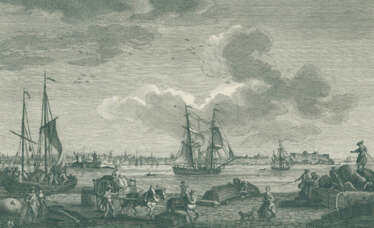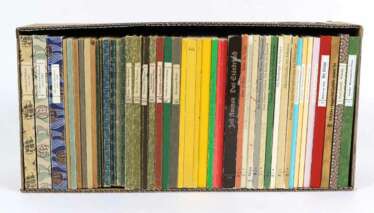st valery










Tobeen, a pseudonym for the French artist Félix Bonnet, was a notable figure in the art world. Tobeen's work, particularly influenced by Cubism, stands out for its unique integration of Basque cultural themes, despite his Bordeaux roots.
His artistic venture in Paris connected him with prominent figures like Pablo Picasso, Georges Braque, and the Duchamp brothers. Notably, in 1912, Tobeen's works were showcased at the Salon de la Section d'Or, aligning him with the avant-garde movements of the time. After 1920, Tobeen opted for a quieter life in Saint-Valery-sur-Somme, where his works continued to reflect his Parisian experiences and his deep appreciation for human life's poetic aspects.
Tobeen's legacy extends across various museums globally, with his works housed in institutions like the Centraal Museum in Utrecht, the Kröller-Müller Museum in Otterlo, and the Musée basque et de l'histoire de Bayonne, among others. His art offers a captivating glimpse into early 20th-century European modernism, marked by a distinctive blend of geometric abstraction and regional inspiration.
For enthusiasts of art and antiques, Tobeen's oeuvre represents an intriguing chapter in the history of Cubism, offering a unique perspective shaped by his Basque Country experiences and Parisian artistic connections. Collectors and experts can delve into Tobeen's world, discovering how his works bridge cultural narratives and avant-garde aesthetics.
To stay updated on Tobeen's art and opportunities to view or acquire his works, consider signing up for updates on exhibitions and auction events featuring this remarkable artist.


Valerii Nikolaevich Koshliakov (Russian: Валерий Николаевич Кошляков) is a Russian painter, graphic artist, author of installations, lives and works in Germany, France and Moscow.
He studied at the Rostov Grekov Art School. Koshliakov works mainly with images of architecture, which in his works appears as a memory of the former greatness. The artist uses canvas, paper, kraft, but most often cardboard, pieces of which make up huge canvases and entire installations. On this basis with diluted colors he creates a very light, yet monumental painting, which imbues the material with a web of sweat, reflecting the author's unique vision.
The works of this successful artist are in the collections of the world's major museums, including the Tretyakov Gallery, the Guggenheim Museums in New York and Bilbao.




Leon Polk Smith was an American painter. His geometrically oriented abstract paintings were influenced by Piet Mondrian and he is a follow er of the Hard-edge school. His best-known paintings constitute maximally reduced forms, characterized by just two colors on a canvas meeting in a sharply delineated edge, often on an unframed canvas of unusual shape. His work is represented in many museums in the United States, Europe, and South America. Thanks to a generous bequest from the artist, the Brooklyn Museum has 27 of his paintings on permanent display.


Leon Polk Smith was an American painter. His geometrically oriented abstract paintings were influenced by Piet Mondrian and he is a follow er of the Hard-edge school. His best-known paintings constitute maximally reduced forms, characterized by just two colors on a canvas meeting in a sharply delineated edge, often on an unframed canvas of unusual shape. His work is represented in many museums in the United States, Europe, and South America. Thanks to a generous bequest from the artist, the Brooklyn Museum has 27 of his paintings on permanent display.



















































